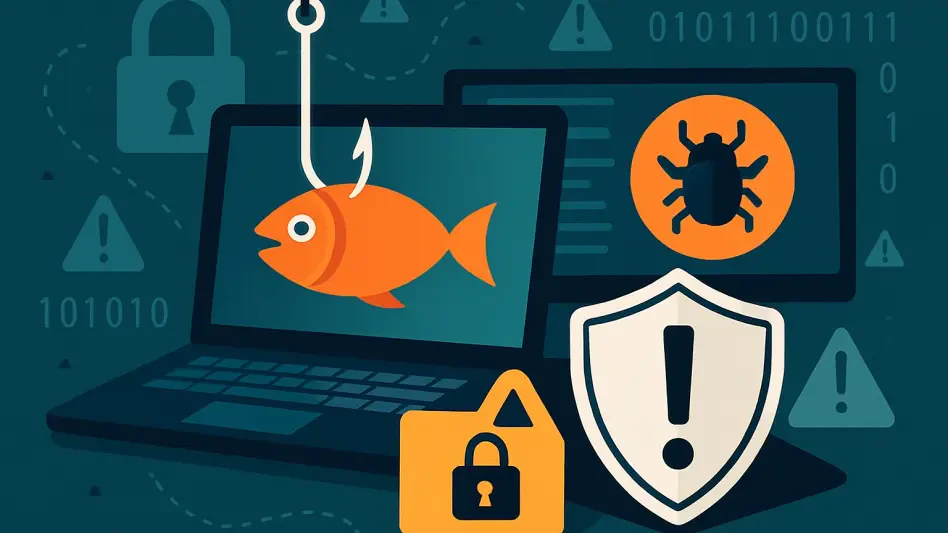As technology continues to advance rapidly, critical infrastructure such as water, energy, and transportation systems become more intertwined with digital networks. This integration presents both opportunities and vulnerabilities, with the latter prominently highlighted by cybersecurity threats. The safeguarding of these essential services is vital; the disruption or compromise of any part of this infrastructure can have severe consequences for society’s functionality and security, emphasizing the imperative need for robust cybersecurity measures.
Current Trends in Critical Infrastructure Cybersecurity
Rise in Cybersecurity Adoption
In recent years, there has been a noteworthy increase in the adoption of cybersecurity measures within critical infrastructure sectors. Data reflecting this trend underline a proactive shift in safeguarding operational networks and systems. Numerous studies, including those published by cybersecurity organizations, indicate a steady growth in the implementation of advanced security protocols designed to counteract increasingly sophisticated threats. This upward trajectory is fueled by heightened regulatory demands and the stark realities of prior cyber incursions.
Real-World Examples and Applications
Numerous sectors, including energy and water management, demonstrate the application of cybersecurity strategies. Companies leading these initiatives are implementing preventive frameworks and response strategies to address vulnerabilities head-on. Case studies illustrate how innovations in cybersecurity are being translated into practical solutions, from developing proprietary security technologies to forming cross-industry partnerships aimed at fortifying defenses. These efforts exemplify a commitment to protecting critical infrastructure in light of past attacks and vulnerabilities.
Expert Insights into Cybersecurity Challenges
Industry leaders and cybersecurity specialists consistently underscore the multifaceted nature of challenges faced by critical infrastructure sectors. Experts address challenges such as limited funding, inadequate staff training, and the complexity of compliance with evolving regulations. These challenges contribute to prevalent vulnerabilities, significantly impacting the protective mechanisms necessary to defend against malicious cyber threats, including ransomware and operational sabotage.
Opinions from thought leaders emphasize the interconnectedness of information technology (IT) and operational technology (OT) environments. The seamless integration of these domains, while beneficial for operational efficiency, exposes critical systems to cyber risks. Citing real-world incidents, experts stress the urgent need for comprehensive cybersecurity strategies that bridge gaps between IT and OT while addressing unique sectoral challenges.
Future Outlook for Cybersecurity in Critical Infrastructure
Prospective Advancements
Anticipated advancements in cybersecurity for critical infrastructure envisage smarter, more adaptive defense mechanisms. With the convergence of artificial intelligence and machine learning, future security frameworks promise to deliver predictive capabilities and real-time threat detection. As regulatory landscapes mature, policies are expected to align with these technological advancements, fostering an environment conducive to resilient infrastructure protection.
Ongoing and Anticipated Challenges
Despite potential technological progress, several enduring challenges persist. The integration of cybersecurity into environmental and public health governance remains a complex endeavor. Critical infrastructure organizations need to further align cybersecurity strategies with broader governance frameworks, ensuring a holistic approach to risk mitigation. The threat landscape continues to evolve, necessitating constant vigilance and adaptation from stakeholders.
Conclusion and Call to Action
Reflecting on the current and future state of cybersecurity in critical infrastructure, it is evident that significant strides have been made toward enhancing protections. Yet, the journey is far from complete. A cohesive effort involving policymakers, industry leaders, and cybersecurity experts is essential to develop a robust framework that addresses existing vulnerabilities and proactively counters emerging threats. The future demands a strategic alignment of resources, constant innovation, and vigilant information sharing to safeguard these critical assets. The successful protection of critical infrastructure will ensure societal resilience and continuity in an increasingly connected world.








